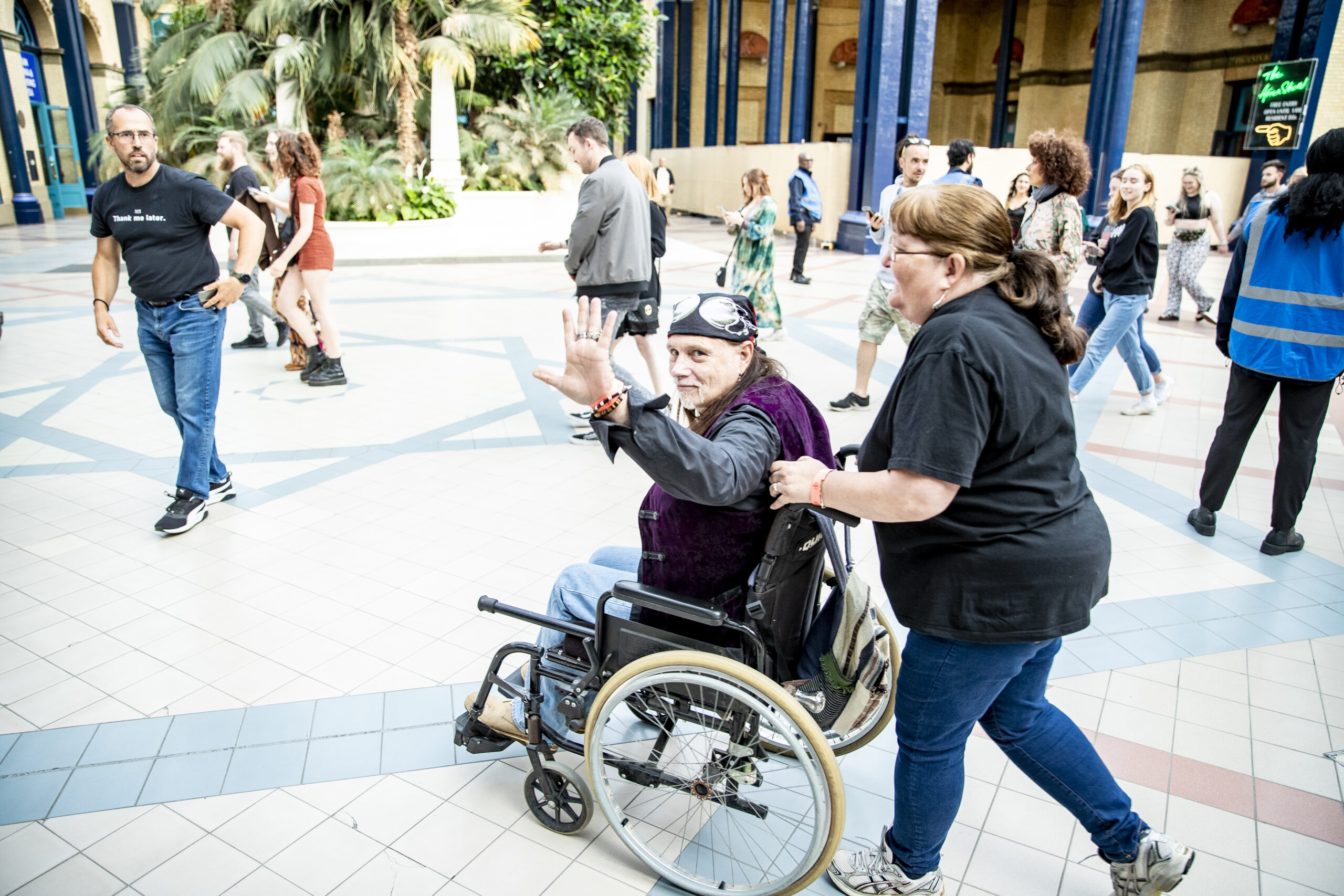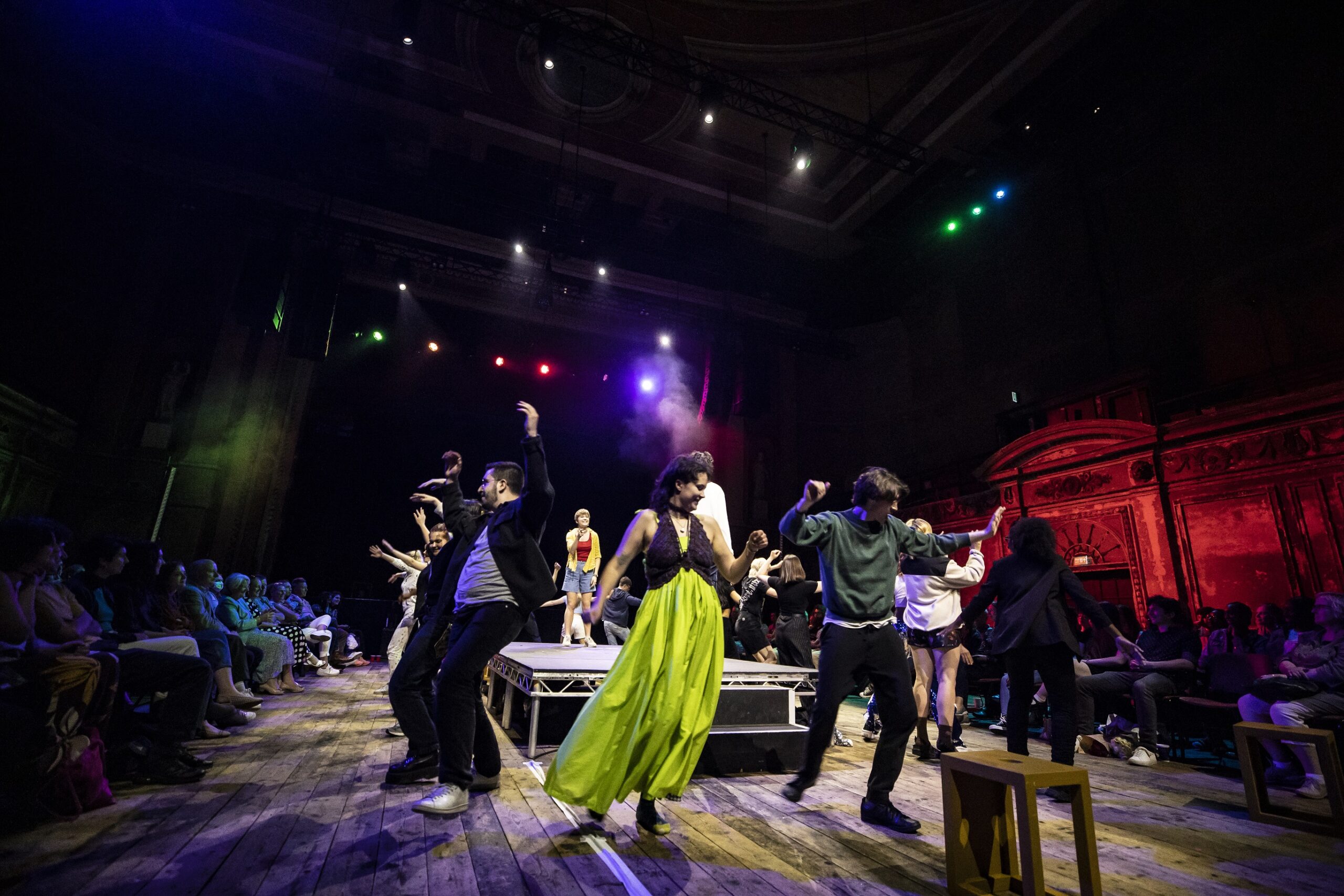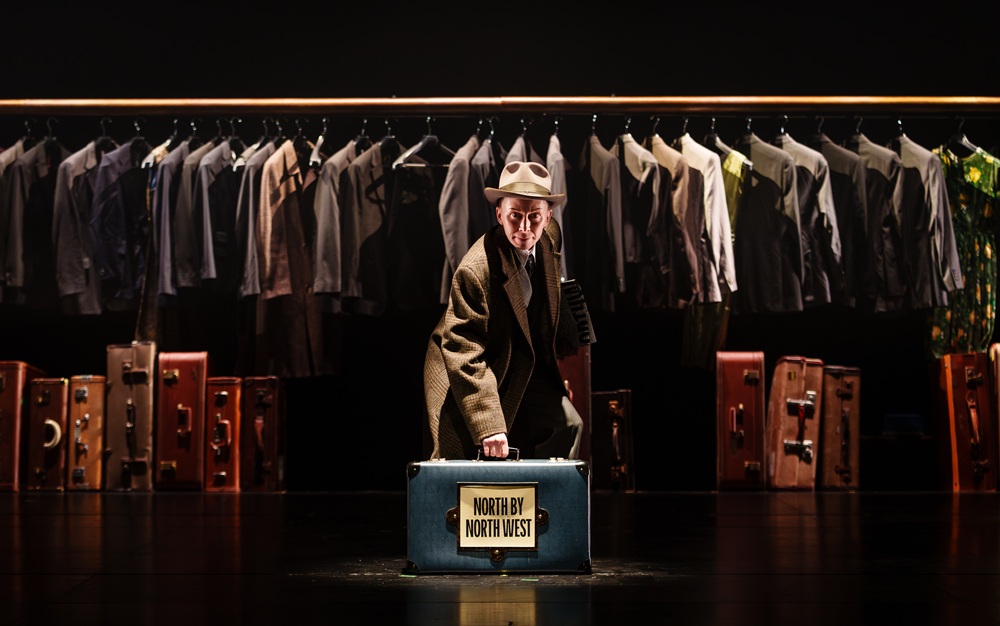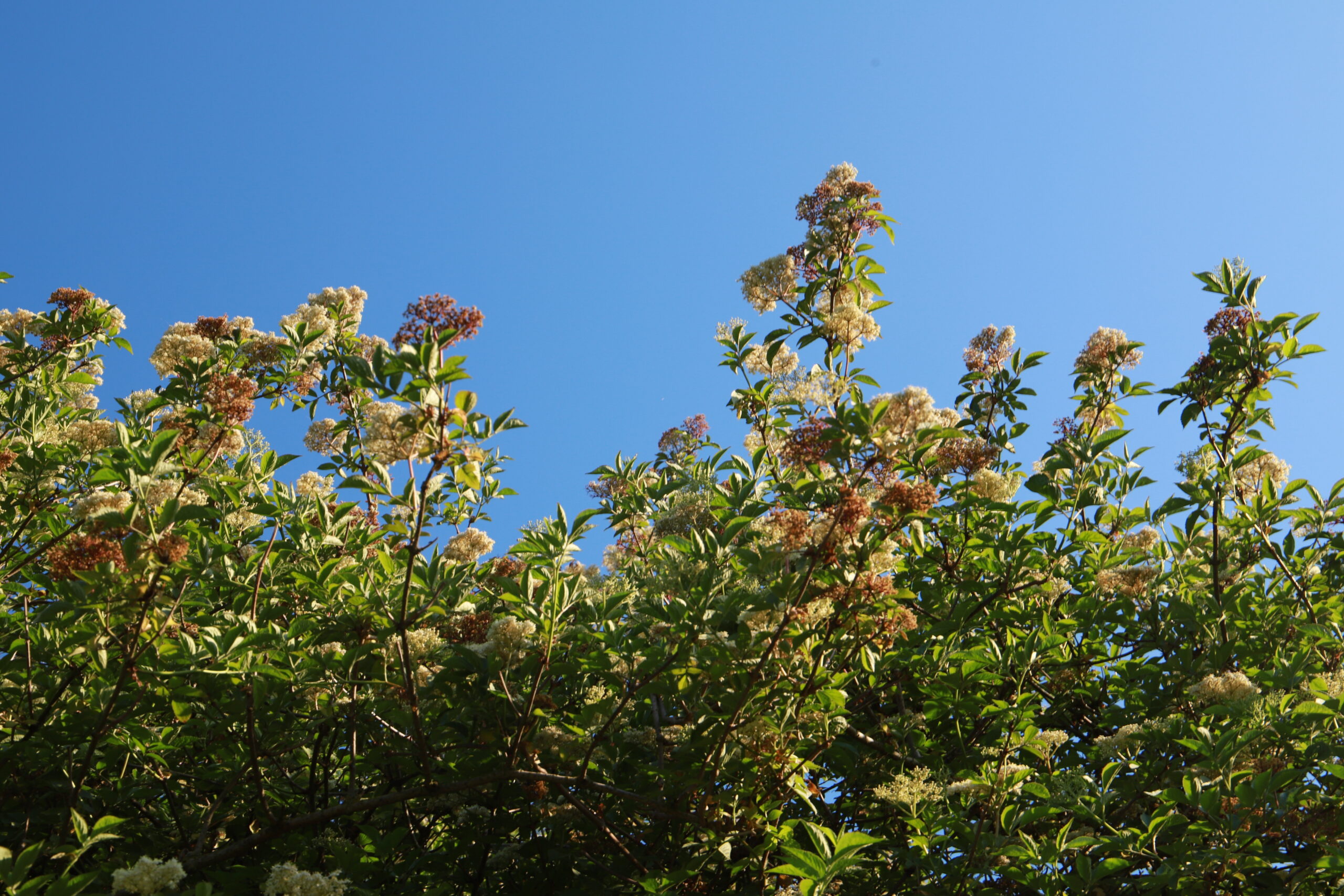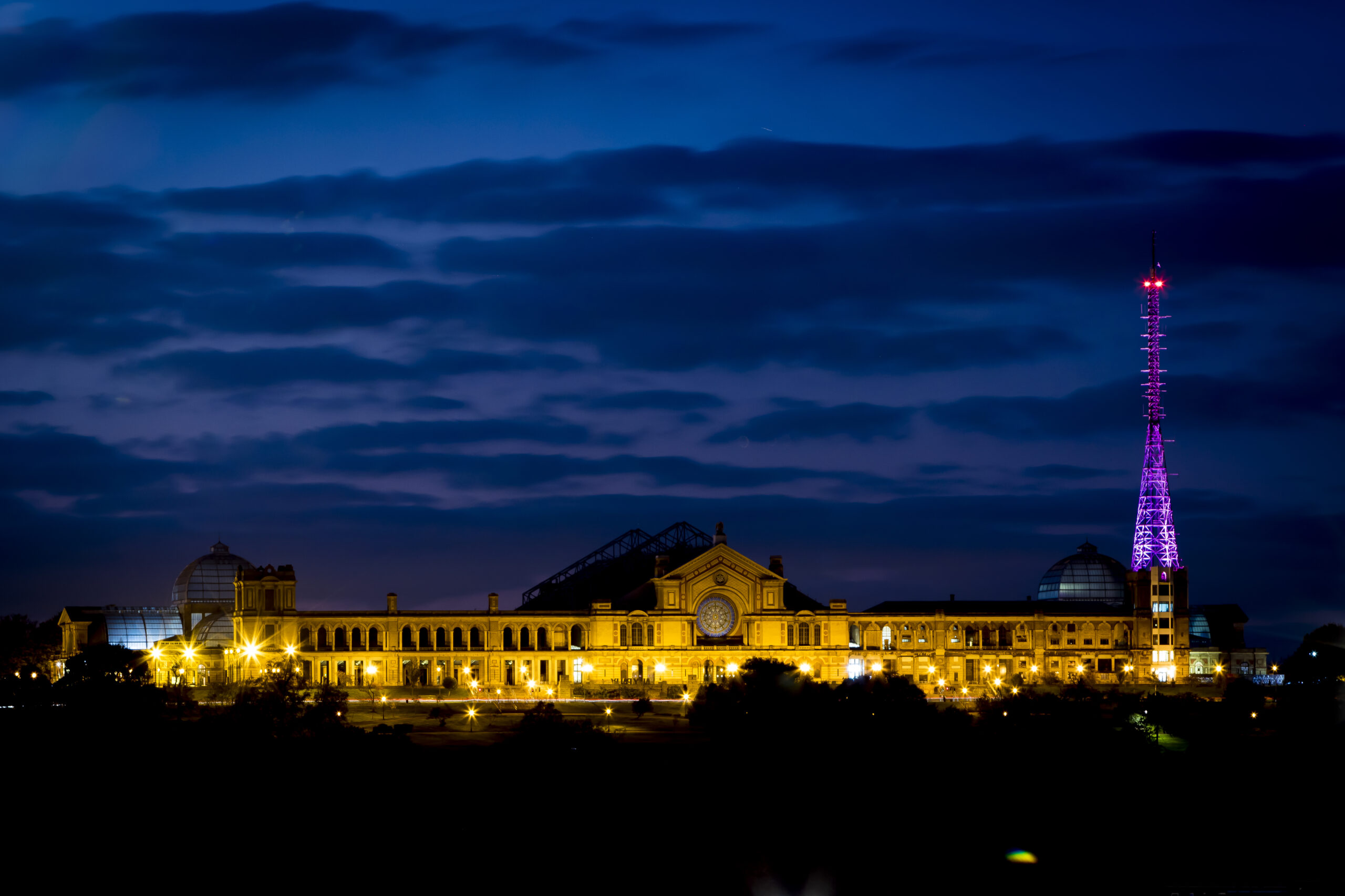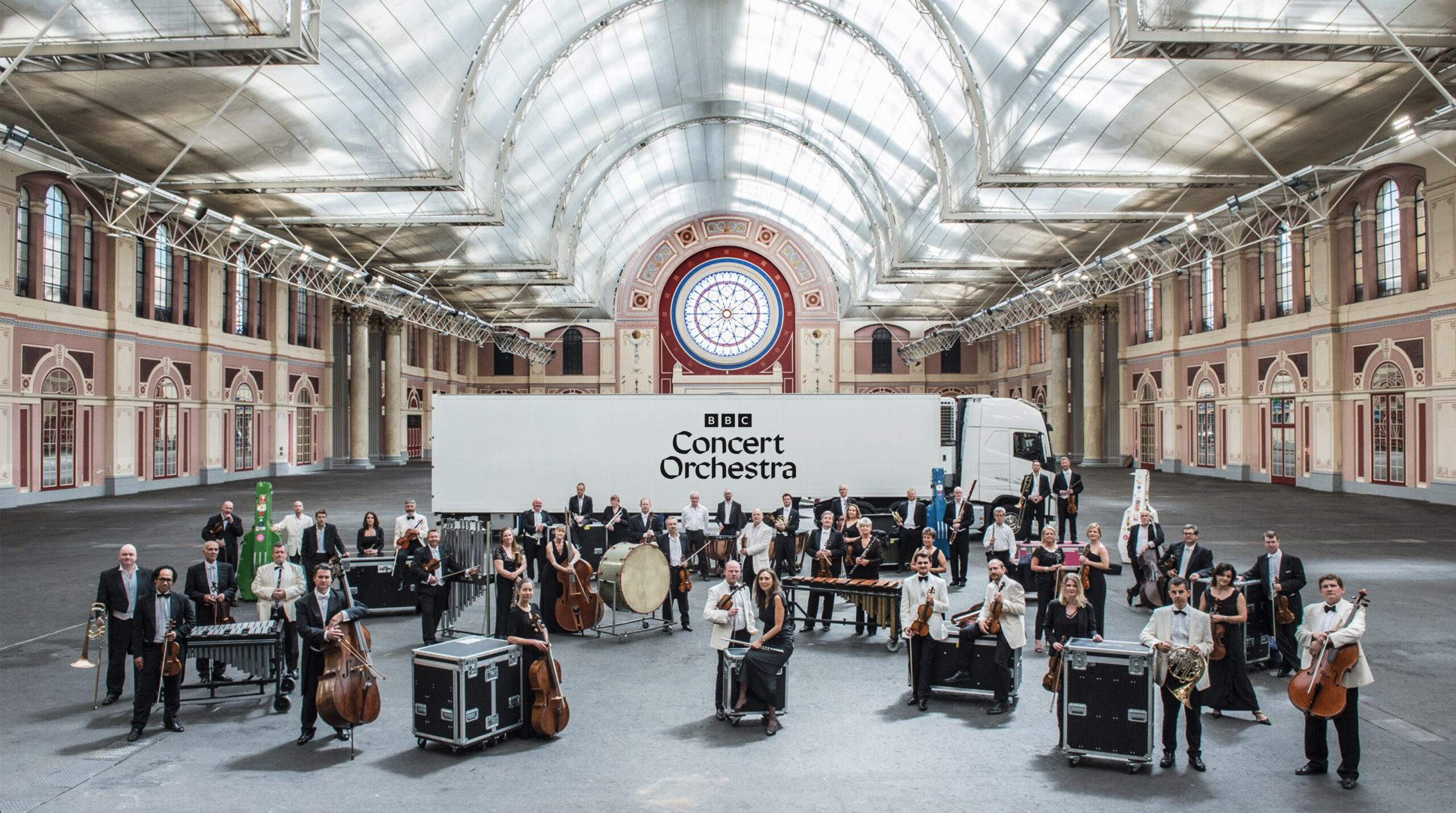To celebrate the BBC 100, Patricia Brearey, Secretary of the Friends of the Alexandra Palace Theatre has taken a closer look at the relationship between the broadcaster and our beautiful Theatre here at the Palace…
This year, 2022, marks 30 years since BBC television’s Later… with Jools Holland programmes started; and during those years many have witnessed amazing moments of music, including recently Jessie Buckley’s and Bernard Butler’s The Eagle & the Dove and The 1975’s Happiness, which were among a host of performance recorded in the Alexandra Palace Theatre.
2022 also marks the centenary of the BBC. Entertainment has been at the heart of what both the BBC and Alexandra Palace have offered and over the years their histories have overlapped.
In October 1922 a group of radio manufacturers, including Marconi, formed the British Broadcasting Company, the BBC’s original name; which started daily radio broadcasting in November from Marconi’s studio in the Strand, London. In 1923 the broadcasting station moved to nearby Savoy Hill and other stations opened around the country. This new medium of radio included music, drama, talks and news.
A few miles north, Alexandra Palace, in October 1922, was preparing to re-open its Victorian Theatre to the public after the First World War. Works to the Theatre were reported as including the addition of mouldings to the ceiling to reduce echo, the addition of corridors on the north and south sides of the auditorium, plus the removal of the top balcony to reduce capacity of the large theatre, removing the apron of the stage to make way for a larger orchestra area, and the creation of an inner foyer. In December the Theatre re-opened with the pantomime Cinderella. This heralded the Theatre’s programme for 1923 which included drama, opera and musical theatre, and variety.
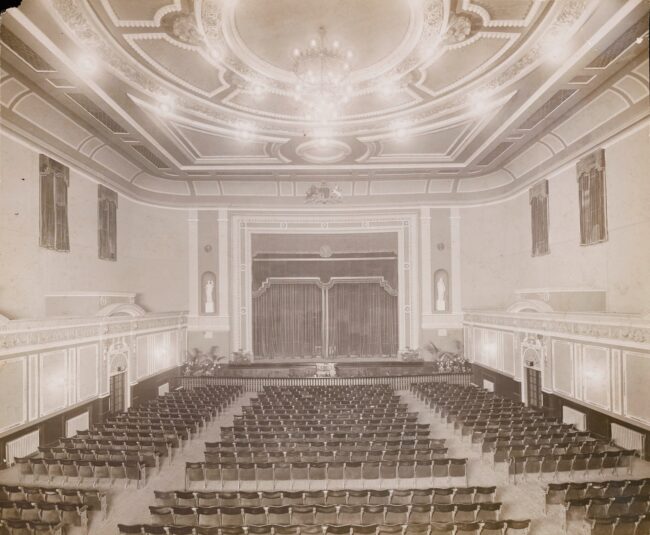
(Alexandra Palace Theatre soon after reopening in 1922)
During the 1920s advances had been made in radio broadcasting technology. In 1927 a public corporation, the British Broadcasting Corporation, replaced the private British Broadcasting Company. In 1932 the BBC moved its headquarters from the Savoy Hill to a building purpose-built for radio-broadcasting, the now iconic Broadcasting House in Portland Place.
Meanwhile, in the Theatre at Alexandra Palace live performance included drama, music, musical theatre and concert parties of variety acts. Some performers already featured in BBC radio broadcasts, for example Helena Millais, actor and comedian, had broadcast on radio when she appeared at Alexandra Palace Theatre in 1926; while some would later go on to perform on the radio, such as Arthur Askey, a young actor and comedian who performed in the Theatre in 1927 and would also become a star of radio programmes. Although audience numbers fluctuated in the 1920s and early 1930s the Theatre was considered one of the profitable parts of the Palace in a report of 1933. However, the last live public performance in the Theatre for several decades appears to have been towards the end of 1934.
During the early 1930s the BBC had been testing broadcasting a new medium, television. In 1935 it selected Alexandra Palace to broadcast television from and leased much of the east side of the building including the Theatre; broadcasting the world’s first regular high definition service in 1936. There were two studios, Studios A and B, located in the south-east part of the Palace. Some artists who had performed in the Theatre in the north-east of the Palace, featured in later years in television programmes broadcast from the Studios. Comedy duo Clapham and Dwyer appeared in the Theatre several times between 1925 and 1931 and on television in 1937. Arthur Askey featured on television in 1937, as did Gracie Fields who had appeared at the Theatre in 1928.
Between 1937 and 1939 there were discussions around the possibility of the Theatre becoming a television studio, perhaps to be called Studio C and plans were drawn up. A floor plan of the Theatre from about 1939 shows the planned layout of Studio C, with five “stages” in the auditorium; one on the Theatre stage, two on the south side of the auditorium, and two on the shorter east side. Against the wall of the north side would be a control room, housing monitors and a producer’s desk. Minutes of meetings suggest that up to eight cameras could be in use at any one time. They also imply that for the “stage” on the Theatre stage to be seen clearly from the control room, a preferred solution was to cut away part of the north side of the proscenium arch. Cross-section plans, also from about 1939, suggest it was planned to remove at least some of the plaster ceiling, remaining balcony and at least parts of the corridors at the auditorium sides; and also to remove the sleeper walls below the floor and raise the floor at the stage end to remove the slope.
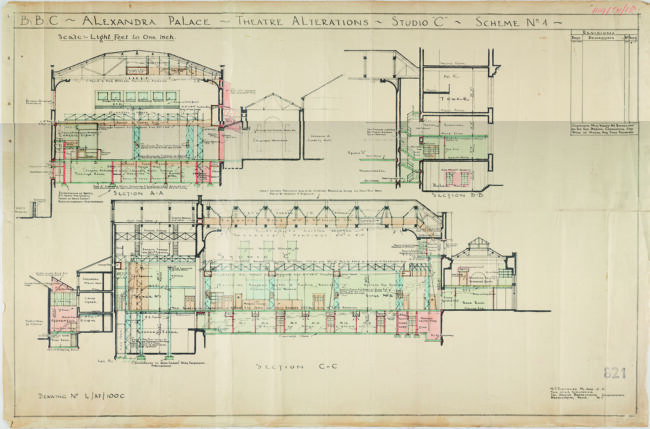
(Studio C plans)
Studio C didn’t materialise however; a likely contributing factor being the outbreak of the Second World War in 1939 when television broadcasting ceased until 1946. The BBC remained at Alexandra Palace until the early 1980s, using the Theatre as a prop store.
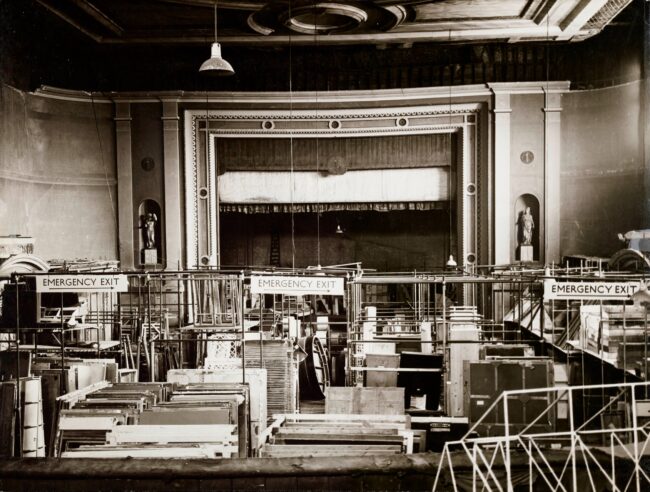
(The Theatre serving as the prop store)
The reported 1922 removal of the top balcony and stage apron of the Theatre may seem like a sad loss today; and currently there are no known photographs or art showing the top balcony, although the stage apron can be seen in art by George Kenner, an internee at Alexandra Palace during the First World War. Today it seems fortunate that the 1930s planned removal of part of the proscenium arch, some plaster ceiling, remaining balcony and corridor parts didn’t happen.
The Theatre’s last use as a public performance space was in the 1930s; it lay unused from the 1980s; and by the turn of the millennium was decaying. Over the following years an ambitious regeneration project developed and in 2018 the Theatre re-opened to much acclaim. The Theatre was not rebuilt to replicate its Victorian origins, nor as a model of its 1920s past. Instead, its atmospheric architectural history, exposed and aesthetically aged over time, was celebrated. There was an interesting parallel with the BBC plans of the 1930s. Most of the sleeper walls under the floor were this time removed as they were not strong enough to support a sturdier floor; and the floor was raised at the stage end to create a floor with no slope.

(Theatre restoration prior to reopening in 2018)
Today the Theatre is a versatile host to a variety of activities including both live performances and as a venue for recording radio and television productions. Recently live performances of the play Tom, Dick & Harry were imaginatively performed in the round; and interestingly, the acts in Later… with Jools Holland perform from stations around the auditorium, filmed by cameras, reminiscent of the BBC’s 1930s ideas of a use of the Theatre.
